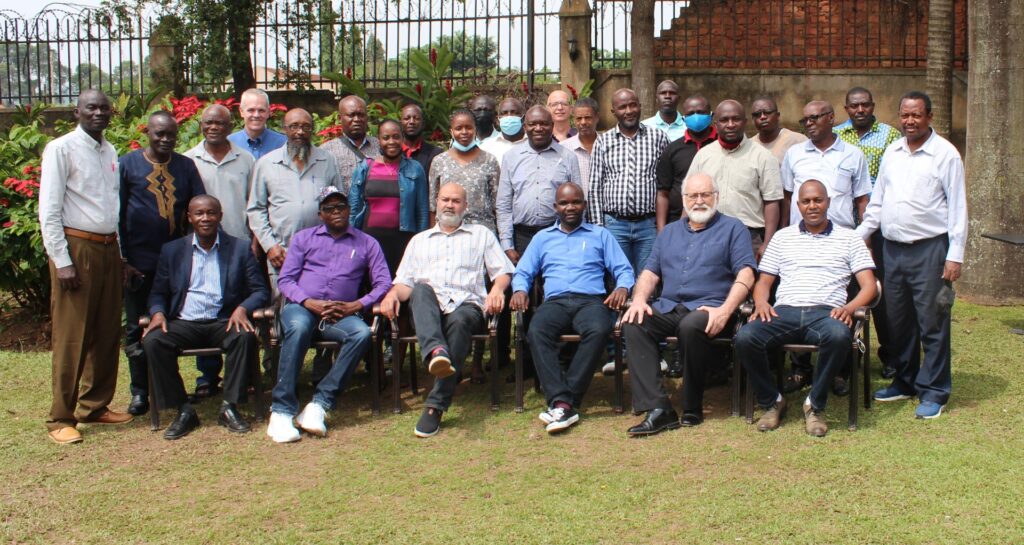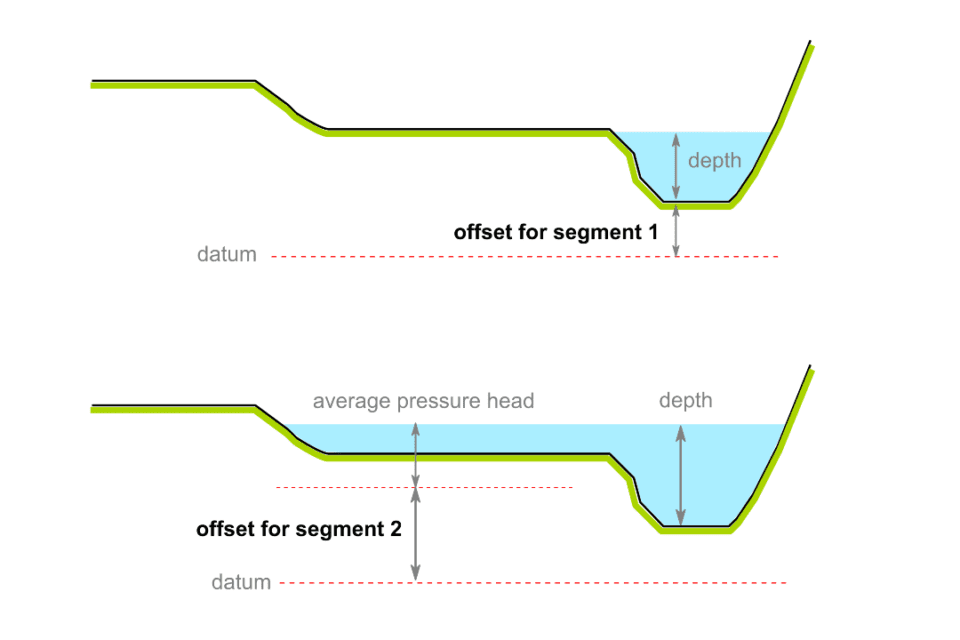In January 2022, I conducted a 3-day training in the Hydraulic Approach to Rating Curve Development for some 25 hydrographers from 8 Nile basin countries. The course was livestreamed and other trainees, who could not travel, also participated.
Rating curves are used in the acquisition of river flow data.
The rating curve is the relation between river stage and discharge at the control section
Reliable information on the flow of a river—the discharge—is among the most important parameters for most water resources management and planning decisions. Unfortunately, however, the quality of flow data is often mediocre, or even poor, for many hydro-stations for diverse reasons. The uncertainly associated with these low or medium quality data complicates water management. This is problematic given the unprecedented pressure on water resources in many countries because of demographic trends, economic development, and food security concerns.
The key question, therefore, is: “how to improve the quality of water data?”
In many cases, the most effective way to improve the quality of flow data is to improve the quality of the rating curve. Several methodologies exist, which include statistical curve fitting or 2D hydraulic modeling with HEC RAS or similar software.
For the Nile Basin, however, we have opted for the ‘hydraulic approach to rating curve development’. This methodology uses field observations of channel properties to suggest the shape of the rating curve and make an initial assessment of its coefficients. The curve is then calibrated with historic and current discharge data points. It results in a conceptual rating model that corresponds with the hydraulic characteristics of the control section and is therefore very stable.
This methodology is specifically suited for a data scarce environment. Often, water agencies lack the financial resources for an intensive field monitoring program, and most hydro stations are visited only once or twice per season. For these conditions, employing a data intensive methodology such as HEC RAS is not realistic.
The program for the training course is presented below. There is value in combining this course with a field visit to one or more hydro-stations, in which actual streamflow is first estimated—using the hydraulic approach—and then measured.

TRAINING PROGRAM
Module 1: basic hydraulics for rating model development (limited)
Reviews the basic concepts of open channel flow and explains the hydraulic background of the “Standard Rating Equation”—on which the entire program is based; this is the most theoretical session of the course
Module 2: hydraulic approach to rating curve development
Explains how field observations of channel conditions can determine the number of segments of the rating curve and estimate—a priori—the coefficients of the standard rating equation for each segment
Module 3: complex controls
A discussion of controls where a change in hydraulic conditions lead to a break in the rating curve
Module 4: working in log-log space
Explains why the standard rating equation represents a straight line in log-log space and how this is used to determine the coefficients of the rating model for each segment
Module 5: Point of Zero Head
Explains the “Point of Zero Head” and how to calculate the rating curve coefficient “offset” with cross-section data for each segment of the rating curve
Module 6: assessing overbank flow
Discusses the ‘slope-conveyance’ method and its limitations
Module 7: preparing for post-event flood analysis
Considers how a-posteriori flood analysis with smartphone images can assist in defining the high-flow and flood segments of the rating curve
Module 8: rating curve stability
Presents examples of stable and unstable rating curve segments, followed by a discussion on the coefficients of the standard rating equation that are subject to change
Module 9: guidelines for strategic field measurement program
Considers how the analysis of rating curve stability informs a very efficient field measurement program
Module 10: field-visit check list
Presents a comprehensive check list to ensure that optimal use is made of period (scarce) field visits
Module 11: site assessment
A discussion on the hydraulic criteria for siting a hydrometric station followed by an evaluation of the performance of several existing hydro-stations
Rating Curve Series
This post is part of a series on hydrometry and rating curve development:
Better Water Data by Stabilizing the Low Flow Control
Distinct Rating Types: An Example for a Middle Reach of a River
The Fast Lane to Better Water Data
An Effective Approach to Improve the Quality of Streamflow Data
Forensic Hydrology: Recovering 40 Years of Streamflow Data
Contact Bart Hilhorst (hilhorst@fireflybay.com) if you wish to learn more about the hydraulic approach to rating curve development or if you would like to organize this training for your organization. He has extensive experience in using the methodology to improve the quality of (historic) discharge time series and optimize field measurement programs.
